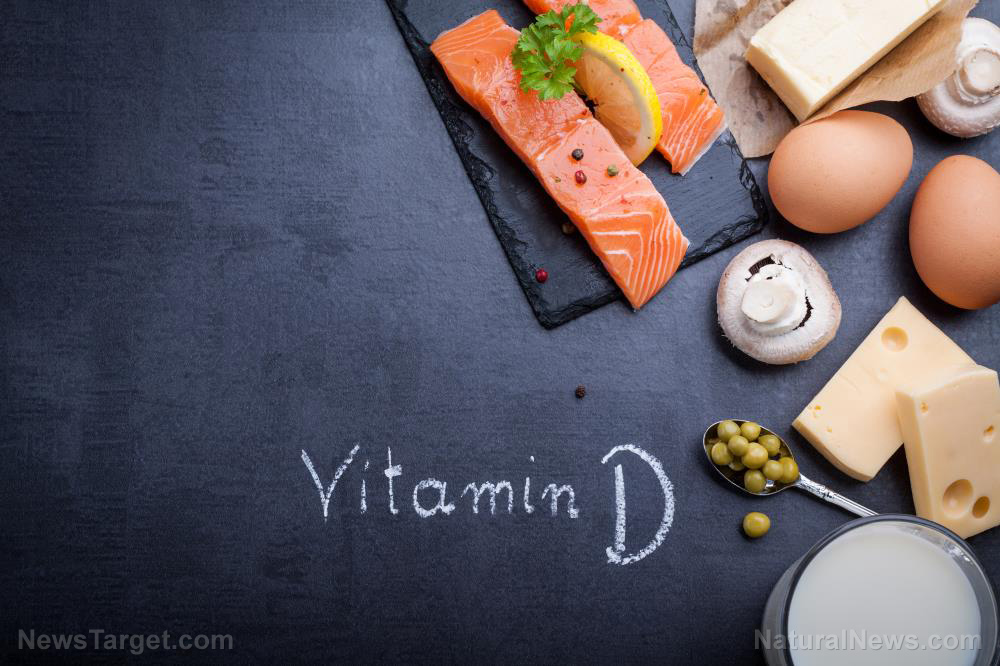
Advertisement
As far as vitamins go, vitamin D is quite unique. That’s because vitamin D is both a nutrient you get from foods and a hormone that your body makes when your skin is exposed to the sun.
Your body needs vitamin D because it is involved in many important processes. For starters, it helps you better absorb calcium and phosphorus, both of which are critical for building and maintaining healthy bones. Vitamin D also helps reduce inflammation, which has been linked to several chronic diseases.
In some studies of cancer in animals, vitamin D has been found to slow the growth of cancer cells and decrease tumor blood vessel formation. Scientists also continue to study vitamin D because many of the body’s organs and tissues have receptors for this nutrient, suggesting that vitamin D may play many other crucial roles.
Foods high in vitamin D
Since vitamin D plays many roles inside the body, having low vitamin D levels or being deficient in it may raise your risk of many health problems, especially those that affect your bones. A deficiency in vitamin D may compromise your immune response as well.
The National Institutes of Health (NIH) recommends that adults take 15–20 micrograms of vitamin D per day. Unless you have problems absorbing certain nutrients or are severely deficient in vitamin D, adding more vitamin D-rich foods to your daily diet should help you easily maintain healthy vitamin D levels.
Here are some of the best sources of vitamin D:
1. Salmon
Oily fish like salmon are great sources of vitamin D. In fact, a 100-gram serving of salmon contains 526 international units (IU) of vitamin D. One mcg of vitamin D is equivalent to 40 IU.
But whether the salmon is farmed or not makes a big difference. On average, a wild salmon packs 988 IU of vitamin D per 100-gram serving. In contrast, farmed salmon contains only a quarter of that amount.
2. Herring
Herring is another fatty fish that you ought to eat more of. Fresh herring gives you about 216 IU of vitamin D per 100-gram serving. It also boasts more heart-healthy omega-3 fatty acids than salmon or tuna. These fats help reduce inflammation, slow cholesterol buildup inside your blood vessels and lower triglyceride levels.
Herring can be enjoyed fresh or pickled. However, only eat pickled herring in moderation as it contains a high amount of sodium.
3. Cod liver oil
Cod liver oil contains about 450 IU of vitamin D per teaspoon. As such, it’s treated as a supplement to help raise vitamin D levels in children and adults with vitamin D deficiency. Cod liver oil is also a great source of vitamin A and omega-3 fatty acids.
4. Tuna
Tuna is a tasty fatty fish packed with vitamin D, omega-3 fatty acids, niacin and vitamin K. Each 100-gram serving of tuna contains about 270 IU of vitamin D. Avoid canned tuna as it contains methylmercury, a toxin found in many kinds of farmed fish. Methylmercury has been linked to neurological and behavioral disorders.
5. Egg yolks
If you don’t eat fish, go for egg yolks. One egg yolk contains about 37 IU of vitamin D. However, take note that vitamin D levels in egg yolks depend on sun exposure and the vitamin D content of chicken feed. For instance, pasture-raised chickens produce eggs with vitamin D levels that are three to four times higher than those of eggs produced by caged chickens.
6. Mushrooms
Mushrooms are the only vegan-friendly source of vitamin D, excluding fortified foods. Mushrooms create their own vitamin D when exposed to sunlight.
However, the vitamin D that mushrooms produce is vitamin D2, whereas animal products contain vitamin D3. Vitamin D2 still helps raise blood levels of vitamin D. However, it may not be as effective as vitamin D3.
7. Fortified foods
Given the limited natural sources of vitamin D, some manufacturers fortify their food products with vitamin D. Fortified foods include cow’s milk, soy milk, orange juice, cereals and oatmeal.
However, some of these foods aren’t particularly healthy. For instance, some boxed cereals contain artificial flavors and colors. Processed fruit juices are also typically sweetened with high-fructose corn syrup (HFCS). Make sure to read labels and avoid products with added sugar, preservatives and other questionable ingredients.
Getting enough vitamin D every day ensures your body functions well. To avoid health issues linked to vitamin D deficiency, incorporate more vitamin D-rich foods into your diet. You may also take supplements if you have special dietary needs. Consult a holistic nutritionist beforehand to get the right dosage.
Sources:
Advertisements







